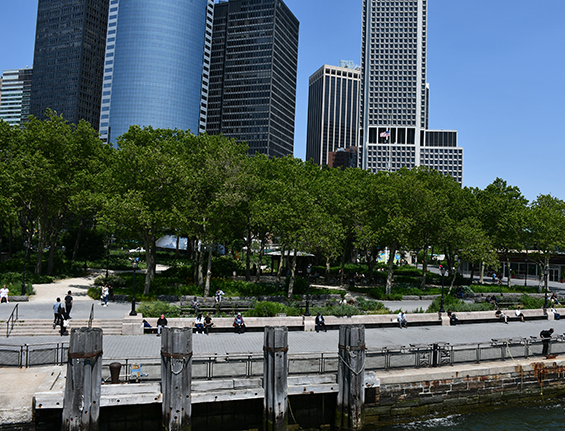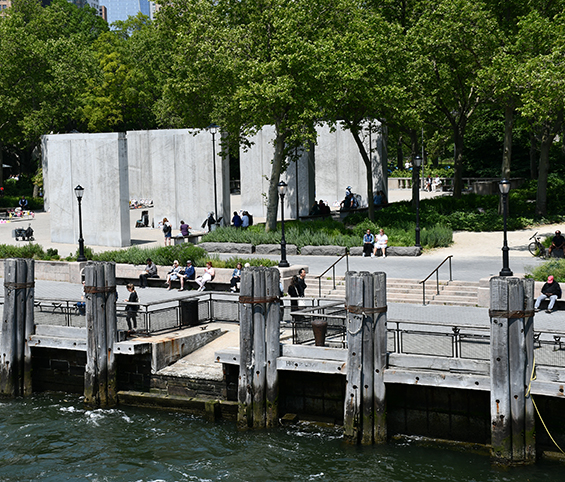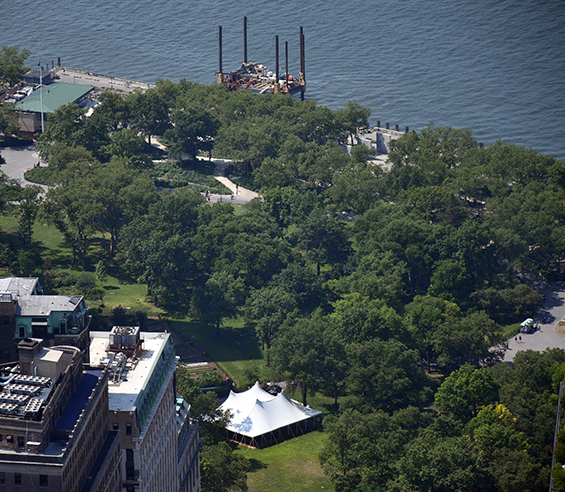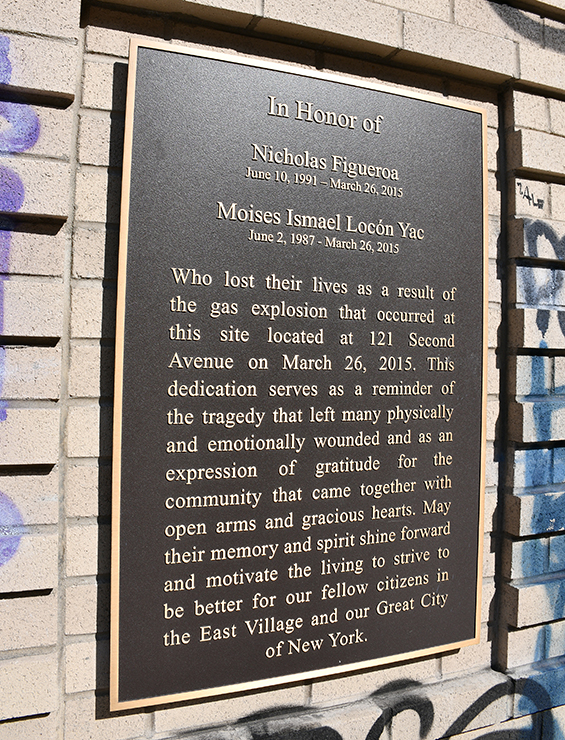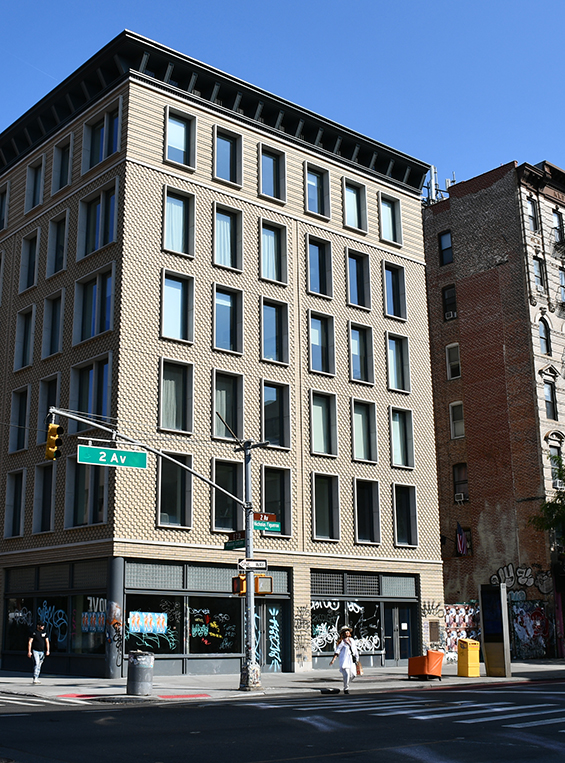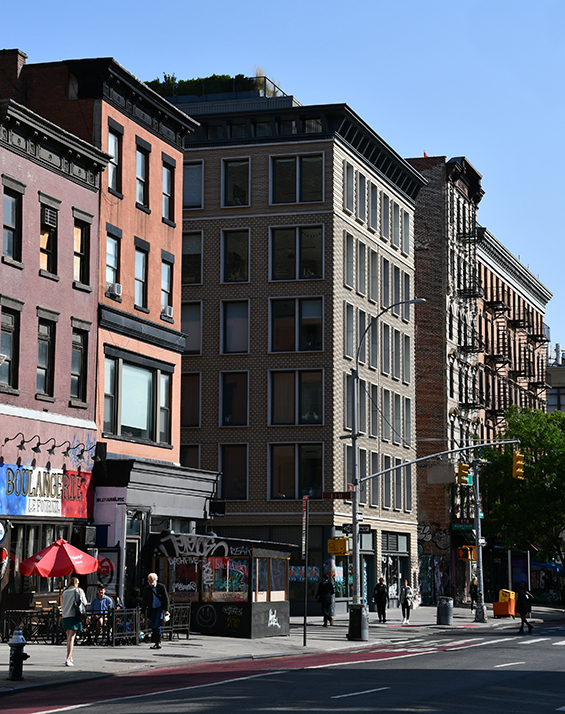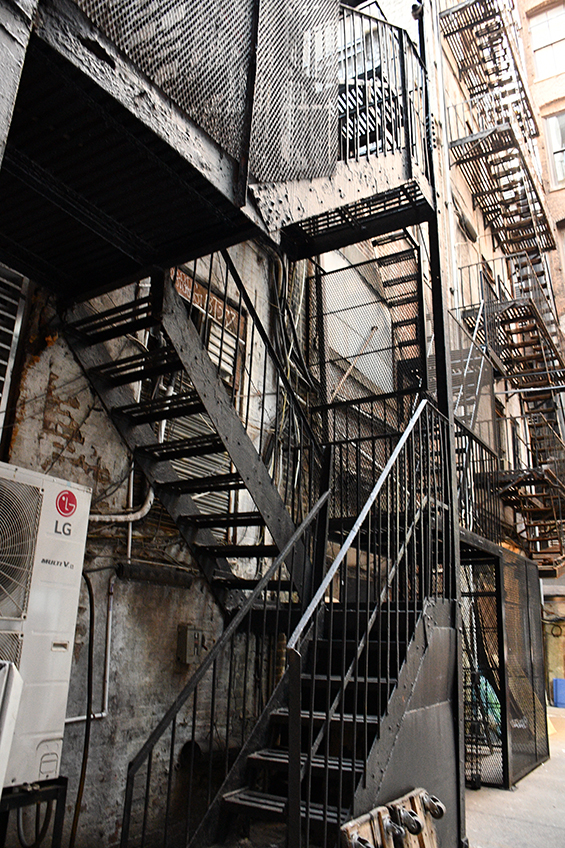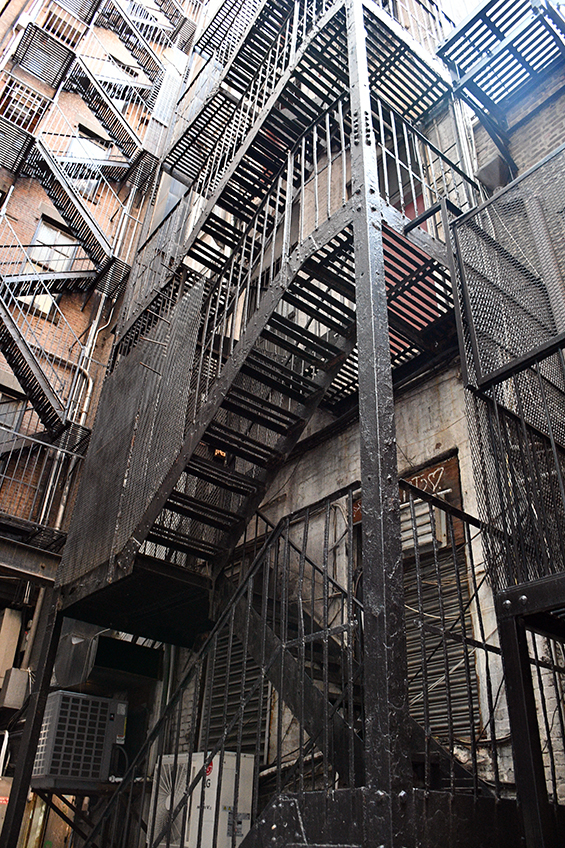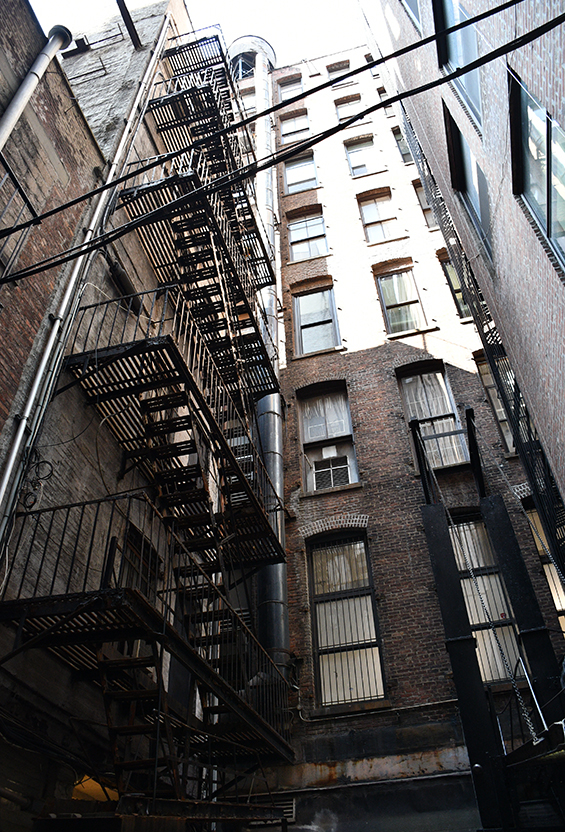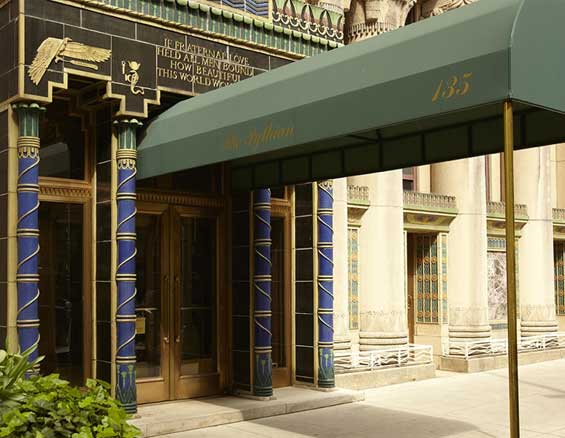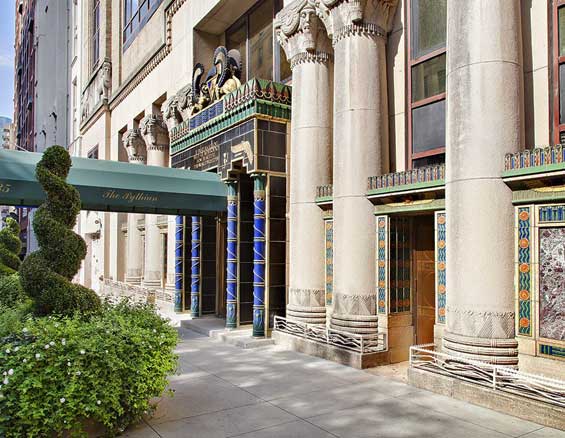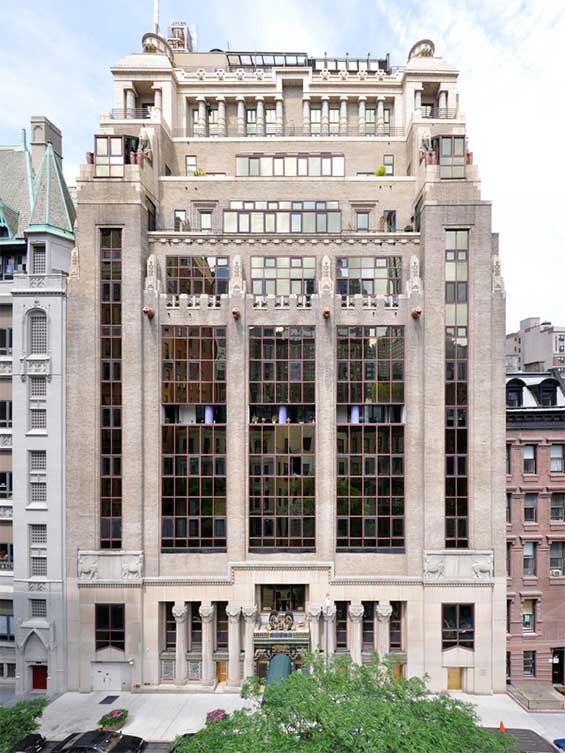Desperately Seeking Susan (1985) |
Last Updated: July 2023 |
 |
Roberta (Rosanna Arquette) is a housewife, bored with her life and feeling ignored by her hot tub-selling husband. The one thing that interests her is the excitement and romance she finds in following the relationship of Jim (Robert Joy) and Susan (Madonna), who communicate through their travels using the personal ads. Susan is having her own fun when she sees the ad to meet Jim in NYC. Unfortunately, Susan is unaware that the last man she was with is entangled with the mob. So when Roberta shows up to actually see her idol, she takes it upon herself to emulate her. After a bout of amnesia, she is mistaken for Susan and must survive with Susan, Jim, her husband, and the mob - scrambling for the truth. Until Jim's best friend comes to the rescue. |


|



|


|




|



otsoNY Comments: The binocular viewers have since been removed from Battery Park.





|





|




|

otosNY Comments: In this scene the taxi is clearly seen driving along University Place passing East 13th Street. The direction in which the taxi is travelling is south as the building on the corner of East 12th Street and University Place can be seen. Nowadays, traffic goes north on University Place, whereas in 1984 it seems to go south.

|


|


|




|



|





|


|




otsoNY Comments: The Magic Club entrance was on the back end of the building on St. Nicholas Ave. The entrance was identical to the one on the Broadway front. It is clear from the landmark points you made that this is the case. Unfortunately its the part of the building that no longer stands. Also if you notice the front entrance of the Audubon Ballroom that stands on Broadway, there are the pillars on either side that sit on pedestals which then sit on a block of grey granite. Historical images show that the granite is the same height off the footpath as it is today, which is considerably smaller than the stone size in the movie, which was approximately as high as Madonna's shoulders. The height difference would obviously be due to leveling of the land that the Ballroom was built on. The Magic Club's interior shots were done on a soundstage built inside the Audubon Ballroom. Executive Producer Michael Peyser confirmed this saying that the set created by the films customer designer Santo Loquasto, within the Aududon which was in a state of decay, and indicated it was probably not a very structurally safe building to be in.

|




|



|



|




|




|
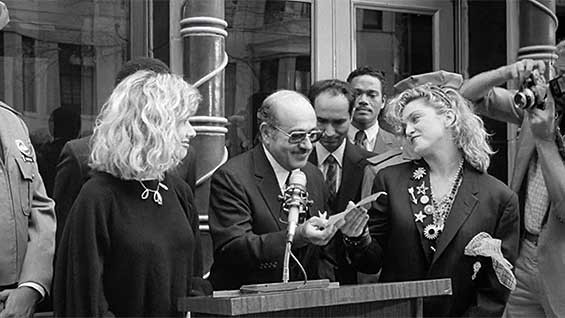
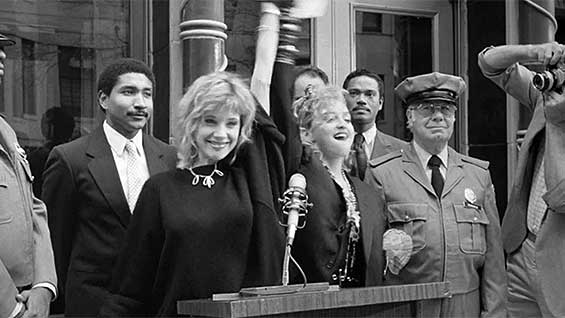
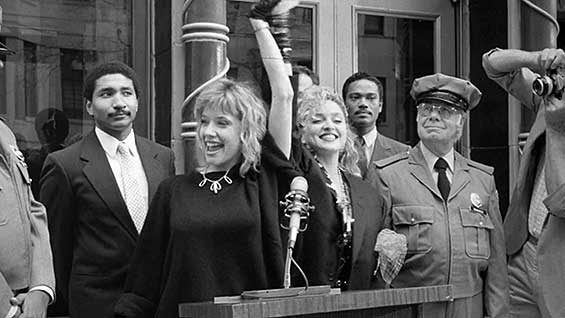
|
Quick Links
Chart Listings
Disclaimer
All images that appear on the site are copyrighted to their respective owners and otsoNY.com claims no credit for them unless otherwise noted. If you own the rights to any of the images and do not wish them to appear on the site please contact us, and they will be promptly removed.
|
2009-2025 onthesetofnewyork.com | Film Locations | Picture Gallery | Privacy Policy | Disclaimer | Contact |
Donations for hosting |
|









